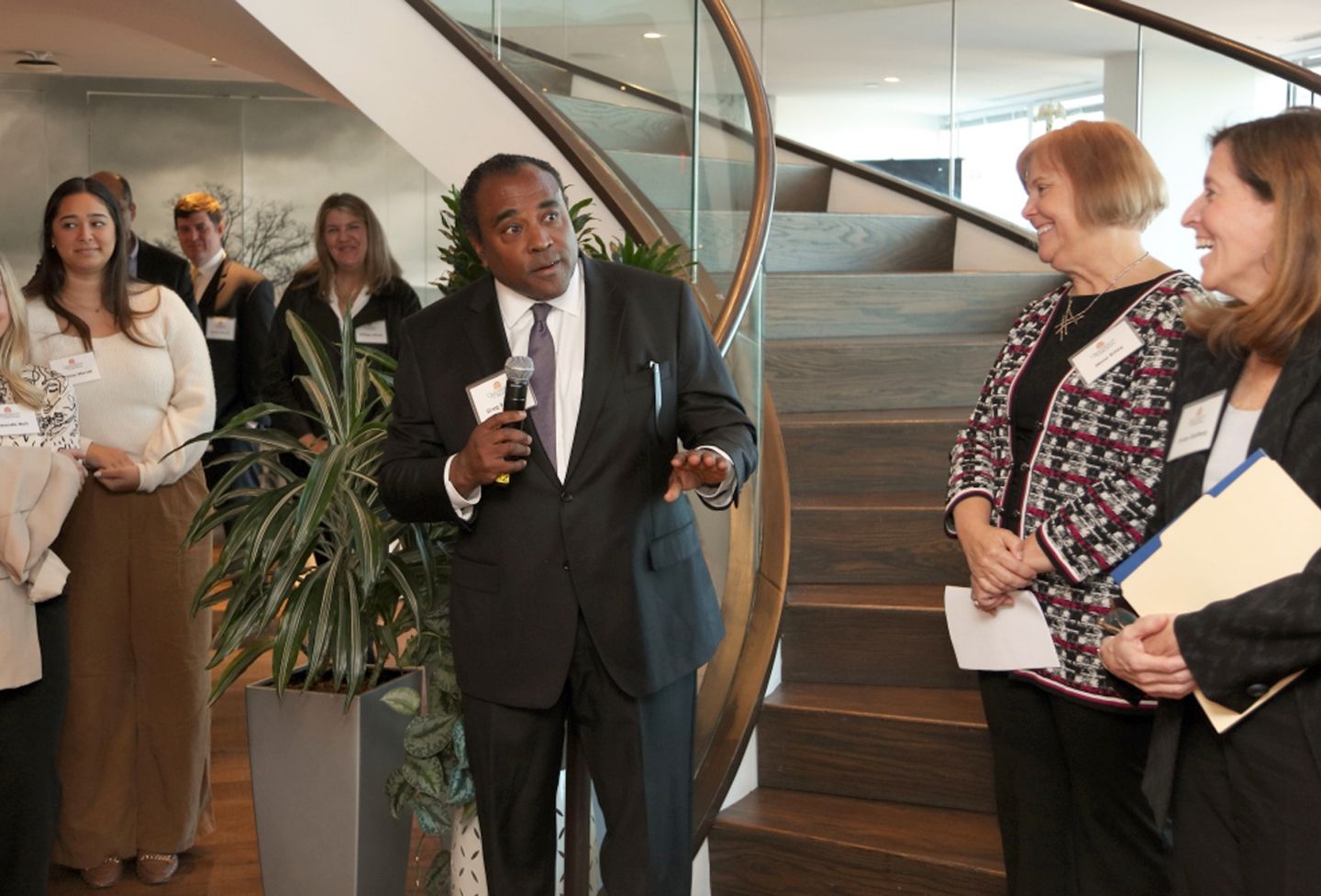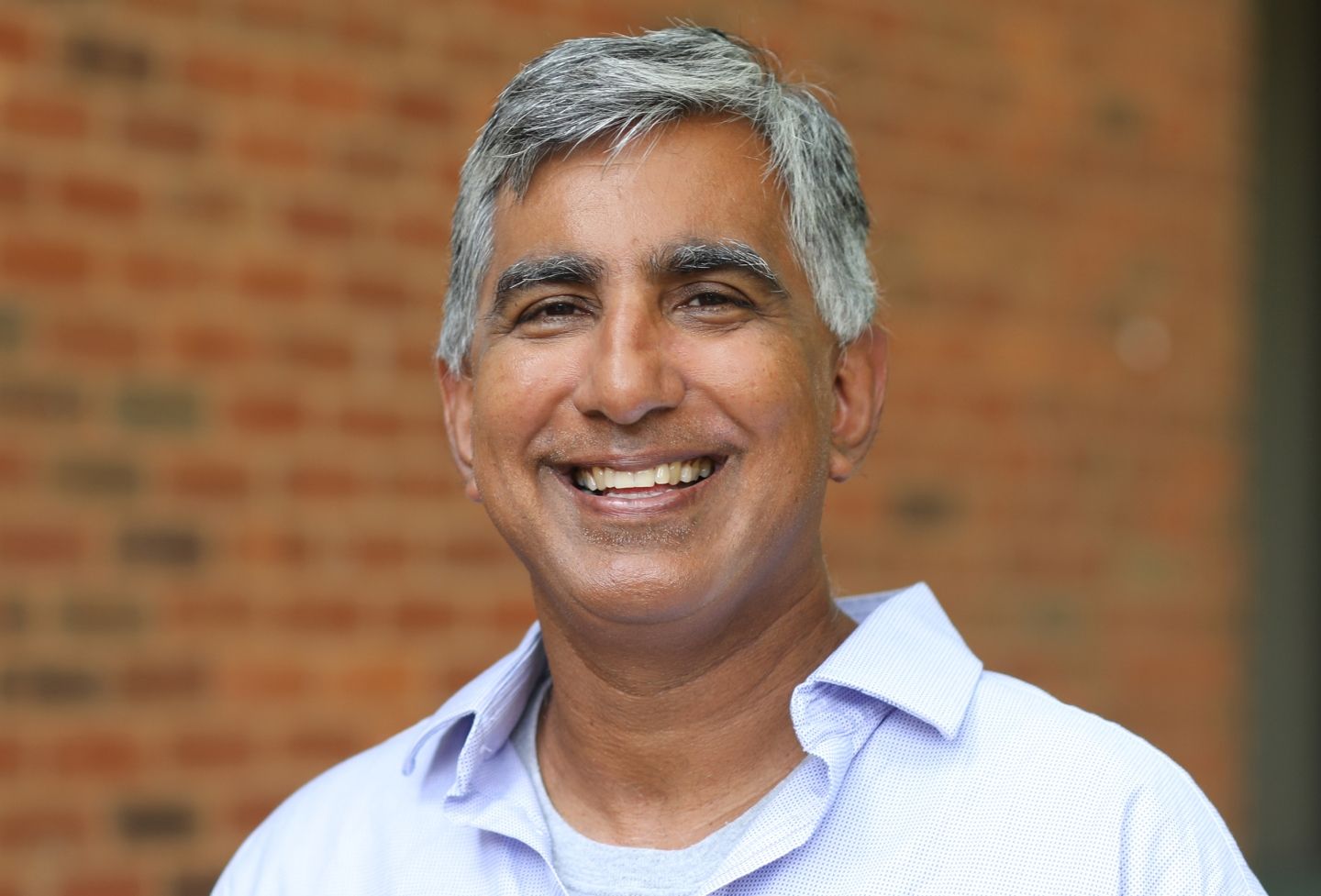Ford Motor Co. agreed to a tentative labor deal with the United Auto Workers union on Wednesday, and was the first of the three Detroit carmakers to reach an agreement with the 45,000 workers striking since mid-September.
UAW leaders still need to approve the deal, which would give the workers a 25% raise over the next 4 1/2 years.

J.H. “Rip” Verkerke, a professor at the University of Virginia School of Law and director of the school’s Program for Employment and Labor Law Studies, offers insights on the deal, the “unprecedented” wage increases it delivers, and what it may mean for workers and the future of unions.
Verkerke is the T. Munford Boyd Professor of Law and Earle K. Shawe Professor of Employment Law.
Why did the auto workers strike?
The principal reasons for this strike were the massive contract concessions that the UAW made during the 2008-09 financial crisis and the automakers’ bankruptcy proceedings, the fact that all three major automakers [GM, Ford and Stellantis] have returned to profitability, and a change in strategy at the UAW [with] the election of Shawn Fain as the union’s president.
What rules do the UAW and Ford have to follow when they negotiate with each other?
The rules are quite complicated, but the essential requirements are that both sides must bargain in good faith about mandatory subjects of bargaining, which covers most terms and conditions of employment. The union can use work stoppages and the company could use a lockout to put economic pressure on the other side. Unlike the contentious negotiations between Starbucks and its union, the UAW and automakers have a long-established history of collective bargaining. There were no allegations of impropriety in these negotiations.
What is notable about the agreement with Ford? And are there any surprises?
The size of the promised wage increases over the term of the contract is unprecedented. The elimination of dual-tier employment was an exceedingly important provision for union negotiators. Automatic cost of living adjustments will help protect employees from the effect of future inflationary pressures. It’s not surprising that Ford didn’t agree to the 40% wage increase that the UAW initially demanded, but I don’t think any union negotiators really expected to get that amount in the final deal.
The union still has to come to terms with other automakers. How do you think that will play out?
In prior contract negotiations, the UAW has often selected one automaker with whom to negotiate first. They then use the resulting agreement as a pattern to reach similar deals with the other companies. In this case, the union launched a limited but escalating strike against all three companies at once. Now that an agreement has been reached with one company, I suspect the dynamics will be similar, and both GM and Stellantis will soon agree to terms that resemble those Ford has accepted.
What can other unions learn from the success of this strike and the Writers Guild of America strike?
Each union tends to face a unique set of circumstances for each contract negotiation. Here, the UAW’s tactics appear to have been successful. I have no doubt that other union leaders will consider emulating Shawn Fain’s approach, particularly the limited strike with a threat of escalation. WGA’s tactics were more conventional. In that case, the union had the resources to apply pressure on studios and streamers until they decided the price of being shut down was too great. Perhaps other unions will learn from WGA’s efforts to mobilize public support for their cause.
Is this just a momentary success for unions or a sign that unions may be gaining momentum?
That’s an important question that no one can answer with any confidence. Unions have struggled for many decades, and many legal and economic forces make organizing very much an uphill battle. The currently booming economy and tight labor market undoubtedly give unions more leverage than they’ve had in recent years. We also see some “re-shoring” of production to avoid supply chain problems and to comply with statutory requirements for green energy subsidies. I expect these forces will aid unions in the immediate future. What’s less clear is whether that momentum can be sustained through the next recession. Union organizers should also worry if Republicans win the White House and both houses of Congress in 2024. Changing political winds could sweep away the pro-labor decisions of the Biden administration’s appointees to the National Labor Relations Board.
Do labor unions still have much effect on the economy?
Union contracts often put upward pressure on wages, and they have sometimes pioneered new benefits or employee protections. Conversely, the desire to avoid unions and collective bargaining has been a powerful force in the growth of employment and business activity in the Sunbelt. U.S. states that make life more difficult for unions are appealing locations for many manufacturers. And competition between non-union Tesla and the unionized Big Three will be more difficult for the legacy companies because their labor costs are higher. Perhaps the UAW will eventually take aim at Tesla and succeed in organizing their workers.
Founded in 1819, the University of Virginia School of Law is the second-oldest continuously operating law school in the nation. Consistently ranked among the top law schools, Virginia is a world-renowned training ground for distinguished lawyers and public servants, instilling in them a commitment to leadership, integrity and community service.


